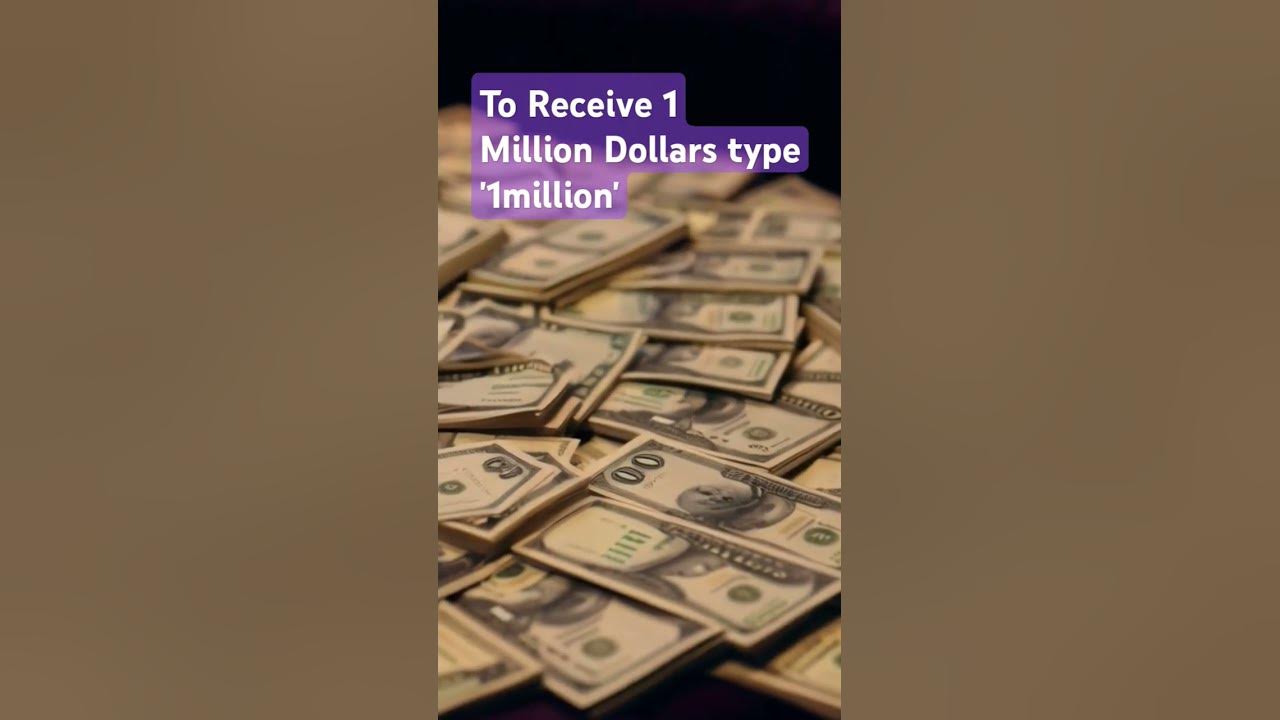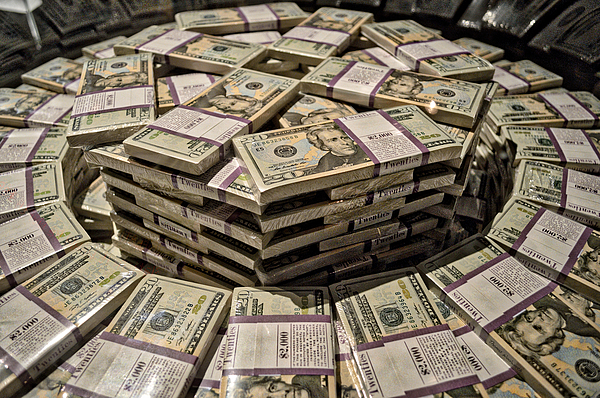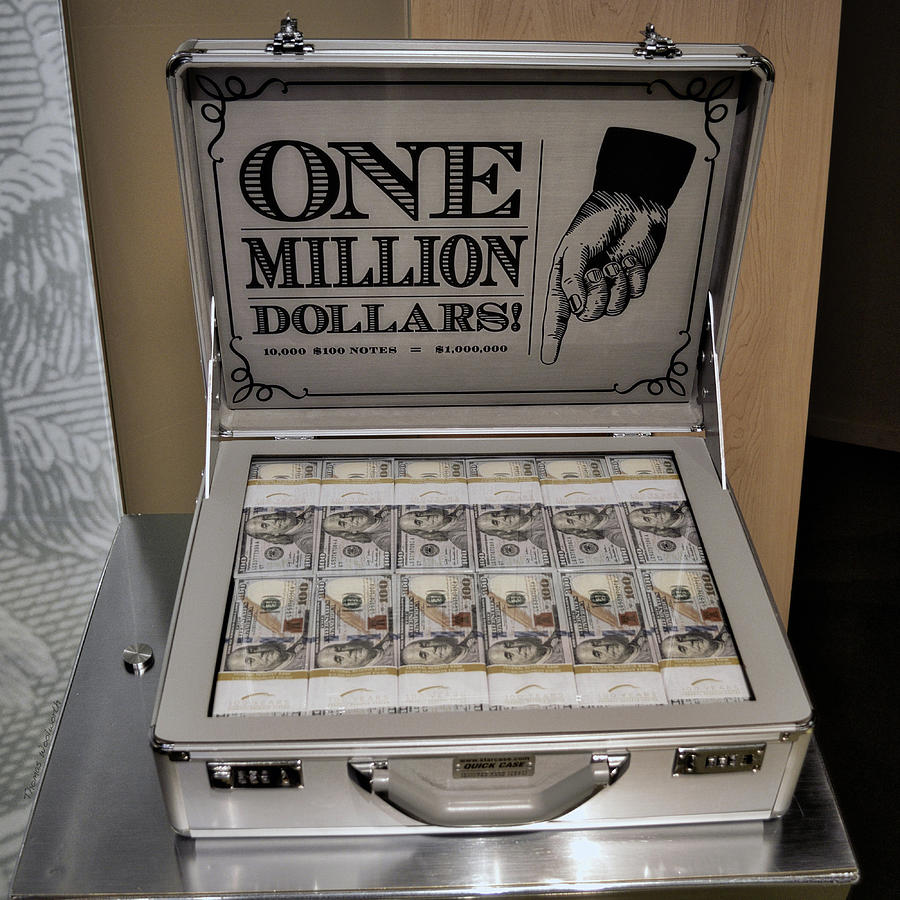Where To Put 1 Million Dollars
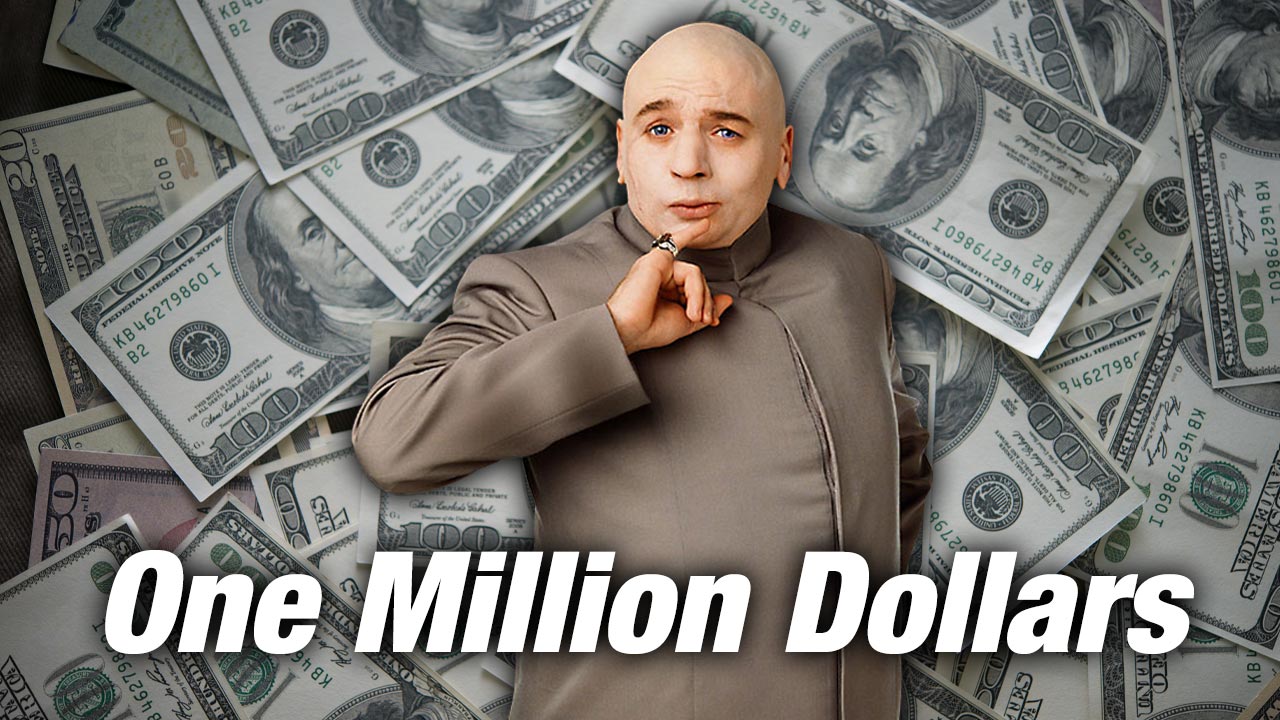
Imagine this: the aroma of freshly brewed coffee fills the air as you sit in your favorite armchair, sunlight streaming through the window. The weight of a significant decision hangs in the balance – what to do with a million dollars? It’s a thrilling prospect, yet one that demands careful consideration.
This isn't just about stashing cash; it's about crafting a financial future that aligns with your dreams, values, and risk tolerance. This article explores diverse investment strategies, offering insights into how to wisely allocate a million dollars for long-term growth and security.
Understanding Your Financial Landscape
Before diving into specific investment options, it's crucial to assess your current financial standing. This includes evaluating your existing debts, monthly expenses, and long-term financial goals. Having a clear picture of your net worth and cash flow will help you determine how much risk you can comfortably take.
Consider your timeline for needing access to the funds. Are you planning for retirement in 30 years, or do you anticipate needing a portion of the money sooner? This will heavily influence the types of investments you choose.
The Importance of Diversification
The golden rule of investing is diversification. Don’t put all your eggs in one basket. Spreading your investments across different asset classes, industries, and geographical regions can significantly reduce your overall risk.
Diversification helps to cushion your portfolio against market volatility. When one investment performs poorly, others can potentially offset the losses, leading to more stable long-term returns.
Exploring Investment Options
Now, let's delve into some specific investment avenues you might consider for your million dollars.
Stocks: Riding the Wave of Growth
Investing in stocks, or equities, offers the potential for substantial growth. Stocks represent ownership in a company, and their value can increase as the company grows and becomes more profitable.
You can invest in individual stocks, but this requires careful research and analysis. Alternatively, you can opt for stock mutual funds or exchange-traded funds (ETFs), which offer instant diversification by holding a basket of stocks.
"Index funds," which track a specific market index like the S&P 500, are a popular choice for beginner investors due to their low costs and broad market exposure. Vanguard and Fidelity are well-known providers of index funds.
Bonds: A Safe Haven
Bonds are generally considered less risky than stocks. They represent a loan you make to a government or corporation, and in return, you receive periodic interest payments.
Bonds can provide stability to your portfolio and generate a steady stream of income. Government bonds are typically the safest, while corporate bonds offer higher yields but also carry more risk.
Bond ETFs and mutual funds offer diversified exposure to the bond market. Consider Treasury Inflation-Protected Securities (TIPS) to protect your portfolio from inflation.
Real Estate: Tangible Assets
Real estate can be a valuable addition to your investment portfolio. It offers the potential for both rental income and appreciation in value.
Investing in rental properties requires active management and may involve dealing with tenants and property maintenance. Alternatively, you can consider real estate investment trusts (REITs), which allow you to invest in a portfolio of real estate properties without the direct management responsibilities.
According to the National Association of Realtors, the median existing-home price in [insert current year] is [insert current median price]. Research local market conditions carefully before investing in real estate.
Alternative Investments: Diversifying Further
Alternative investments encompass a wide range of assets beyond stocks, bonds, and real estate. These include private equity, hedge funds, and commodities.
Alternative investments can offer higher returns, but they also come with higher risks and typically require a larger initial investment. They are generally more suitable for sophisticated investors with a long-term investment horizon.
Investing in art, collectibles, or even cryptocurrencies are examples of alternative investments. Exercise extreme caution and conduct thorough due diligence before venturing into these areas.
Building a Balanced Portfolio: Sample Allocation
Here's an example of a diversified portfolio allocation for a million dollars, tailored to a moderate risk tolerance and a long-term investment horizon:
- Stocks (60%): $600,000
- US Stocks: $300,000 (Index Funds)
- International Stocks: $200,000 (Index Funds)
- Growth Stocks: $100,000 (Select ETFs)
- Bonds (30%): $300,000
- Government Bonds: $150,000 (Treasury ETFs)
- Corporate Bonds: $100,000 (Investment Grade ETFs)
- Municipal Bonds: $50,000 (Tax-Exempt ETFs)
- Real Estate (10%): $100,000
- REITs: $75,000
- Real Estate Crowdfunding: $25,000
Remember, this is just an example, and your actual allocation should be based on your individual circumstances and risk tolerance. Consult with a financial advisor to create a personalized investment plan.
Tax Implications and Estate Planning
Before making any investment decisions, consider the tax implications. Different investments are taxed differently, and understanding these nuances can help you minimize your tax burden.
Consult with a tax professional to explore strategies for minimizing capital gains taxes, dividend taxes, and estate taxes. Consider setting up a trust to protect your assets and ensure your wishes are carried out after your death.
Seeking Professional Advice
Investing a million dollars is a significant undertaking, and it's often wise to seek professional advice. A qualified financial advisor can help you assess your financial situation, develop an investment plan, and manage your portfolio.
Look for a fee-only advisor who is obligated to act in your best interest. The Certified Financial Planner (CFP) designation indicates a high level of expertise and ethical standards.
According to a study by Vanguard, investors who work with a financial advisor tend to achieve better long-term investment outcomes.
Staying Informed and Adapting
The financial landscape is constantly evolving, so it's essential to stay informed about market trends and economic developments. Read reputable financial news sources and attend investment seminars to enhance your knowledge.
Be prepared to adjust your investment strategy as your circumstances change and as the market evolves. Regular portfolio reviews and rebalancing are crucial for maintaining your desired asset allocation.
Conclusion: Building Your Future
Investing a million dollars is an opportunity to build a secure and prosperous future. By carefully considering your goals, diversifying your investments, and seeking professional advice, you can create a financial plan that aligns with your values and helps you achieve your dreams.
Remember, investing is a journey, not a destination. Stay disciplined, stay informed, and stay focused on your long-term goals, and you'll be well on your way to achieving financial success. The sun continues to stream through the window, now illuminating not just possibility, but a well-charted path forward.







